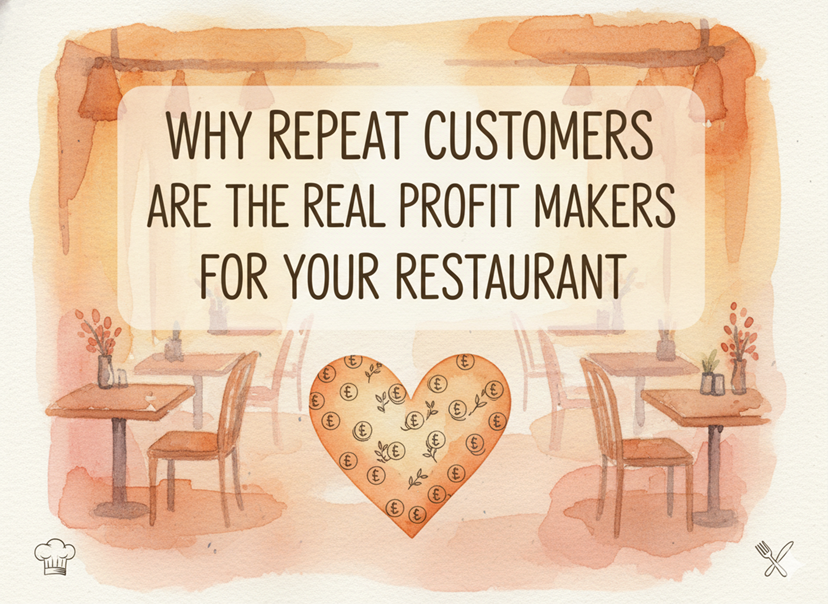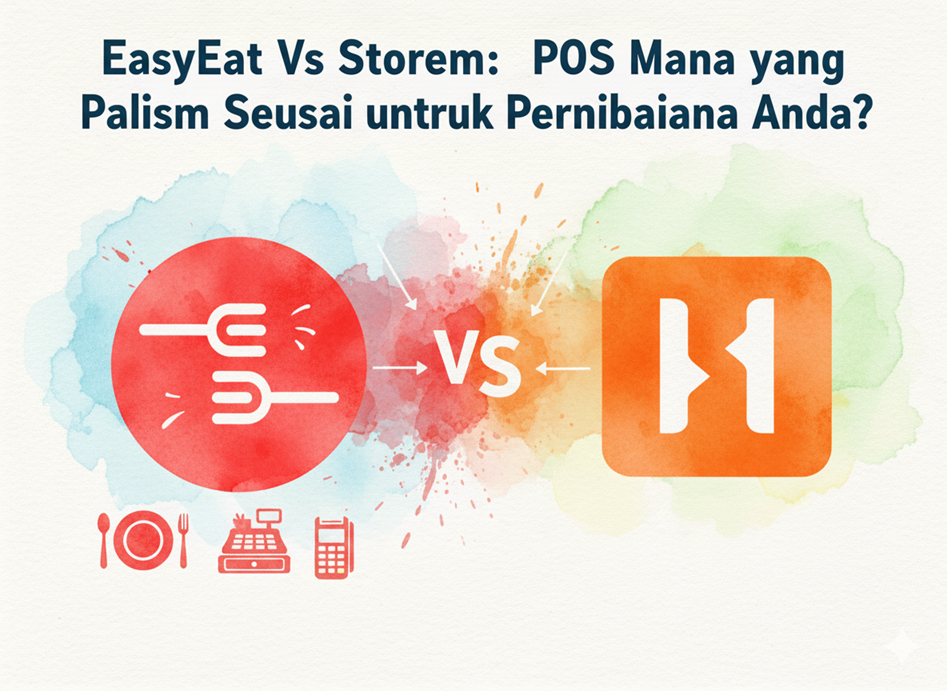Running a restaurant involves a lot of expenses, and not all of them are directly tied to serving food on the table. Many of these are called overhead costs, the essential expenses needed to keep your business running. Understanding overhead costs is key to keeping your restaurant profitable. With a clear view of these expenses, you can better manage your finances, reduce unnecessary costs, and increase your restaurant’s overall success.
Let’s break down what overhead costs are, the types of overhead costs in a restaurant, examples, and tips for managing them effectively.
What Are Overhead Costs?
In simple terms, overhead costs are the expenses that are necessary for operating your restaurant but aren’t directly related to producing your food or serving customers. They’re often fixed or semi-variable expenses, meaning they remain relatively steady month-to-month.
A few examples of overhead costs include rent, utilities, insurance, and advertising. These costs don’t fluctuate much with your sales, but they need to be covered to keep the doors open. According to Forbes, overhead costs can make up to 60% of a restaurant’s revenue, so understanding them is vital to managing your profits effectively.
Types of Overhead Costs in a Restaurant
Overhead costs can be divided into three main categories:
- Fixed Overhead Costs
- Variable Overhead Costs
- Semi-Variable Overhead Costs
Each type of overhead cost impacts your restaurant differently, so let’s explore each one.
1. Fixed Overhead Costs
Fixed overhead costs are those expenses that don’t change, regardless of how busy your restaurant is. Examples of fixed costs include:
- Rent or Mortgage Payments: Whether your restaurant is full or empty, you’ll still need to pay the rent or mortgage each month.
- Insurance: Coverage for property, liability, and other insurance is required, even when sales are low.
- Permits and Licenses: These fees are usually annual and are essential to keeping your restaurant in compliance with regulations.
According to a study by the National Restaurant Association, rent alone can take up 6-10% of a restaurant’s total revenue. Fixed predictable but unavoidable, so having a stable cash flow is essential to cover these costs.
2. Variable Overhead Costs
Variable overhead costs fluctuate based on how busy your restaurant is. These costs include things like:
- Utility Bills: Costs for electricity, gas, and water often increase when business is booming.
- Credit Card Fees: The more transactions processed, the higher your card processing fees will be.
- Advertising and Promotions: When business slows, you may choose to increase advertising to attract customers, raising your marketing costs.
Variable costs allow some flexibility. For example, you can scale back on marketing during slower periods to reduce expenses.
3. Semi-Variable Overhead Costs
Semi-variable costs are a mix between fixed and variable expenses. They have a fixed base cost, but they also increase as your business grows. Examples of semi-variable overhead costs are:
- Salaries and Wages: You’ll always need a base team, but you might hire additional staff during peak times.
- Maintenance and Repairs: Routine maintenance is fixed, but emergency repairs or seasonal upgrades can add to this cost.
Understanding these categories can help you see where your money goes and identify areas where you can potentially cut down costs.
Examples of Overhead Costs in a Restaurant
To give you a clearer picture, here are some common overhead costs that most restaurant owners encounter:
- Rent: Often the largest overhead expense, especially in prime locations.
- Insurance: Covers your business from accidents, liabilities, and other unforeseen events.
- Utilities: Electricity, gas, water, and waste management.
- Employee Benefits: Health insurance and retirement plans for employees.
- Advertising and Marketing: This includes online ads, social media, flyers, and promotions.
- Cleaning Supplies: Maintaining a clean kitchen and dining area is a must.
- Maintenance and Repairs: Regular equipment checks and replacements are critical.
What Can Be Included in Overhead Costs?
Now that we’ve defined overhead costs and listed examples, let’s talk about what exactly should be included in your overhead cost calculations. Here’s a checklist:
- Operational Costs: Rent, utilities, insurance, and taxes.
- Employee-Related Costs: Salaries, wages, and benefits (but not those directly preparing food).
- Marketing Costs: Advertising, website maintenance, and promotional campaigns.
- Maintenance: Regular repair and equipment replacement, cleaning supplies.
- Technology and Software: POS systems, payroll software, and accounting systems.
By keeping track of all these items, you’ll have a comprehensive view of your total overhead.
What Is a Good Overhead Cost for a Restaurant?
A “good” overhead cost for a restaurant can vary, but generally, overhead should not exceed 60-65% of your total revenue. Keeping overhead costs below this threshold allows you more room for profit and growth. Aiming for around 50% is often ideal, but achieving this depends on factors like your location, the type of cuisine, and the size of your restaurant.
Labor and rent alone can make up to 40% of revenue. Therefore, carefully managing these costs is essential to maintaining profitability.
Tips for Reducing Overhead Costs
Reducing overhead costs can be challenging, but even small changes can make a significant difference. Here are some tips to help you manage these expenses more effectively:
- Negotiate Rent
If your rent is too high, try negotiating with your landlord for a lower rate or a long-term lease with fixed terms. This might not always work, but it’s worth discussing if you’ve been a reliable tenant. - Use Energy-Efficient Equipment
Energy costs can be high, especially in a busy kitchen. Switching to energy-efficient appliances and LED lighting can cut your electricity bill significantly over time. You can also set thermostats to automatically reduce power usage during off-hours. - Manage Staffing Efficiently
Avoid overstaffing by scheduling employees based on peak hours. Using a POS system that tracks sales data can help you predict when you need more or fewer staff members on duty. - Control Utility Costs
Regularly check for leaks, malfunctioning appliances, or outdated equipment that may be using more energy than necessary. Even small repairs can result in substantial savings over time. - Leverage Technology
POS and accounting software can streamline operations, reduce manual labor, and even help track and analyze expenses. Automating parts of your business, like inventory and payroll, can help reduce human error and save time. - Optimize Your Marketing Spend
Focus on marketing channels that give the highest return on investment (ROI). Digital marketing can be cost-effective, allowing you to reach a broader audience with less spending.
Understanding and managing overhead costs is crucial for running a profitable restaurant. Knowing what’s included in overhead costs, the different types, and examples gives you a clearer view of your monthly obligations. By keeping overhead costs in check, you’ll be better equipped to handle the ups and downs of the restaurant business and ensure long-term profitability.
When you take steps to reduce these expenses – whether by negotiating rent, investing in energy-efficient equipment, or controlling utility costs – you’re putting more money back into your restaurant’s growth. Remember, small adjustments can lead to big savings over time, so keep an eye on your overhead, adjust when necessary, and make informed decisions that benefit your bottom line.
Managing overhead costs is one of the biggest challenges in the restaurant business, but with careful planning, you can keep these expenses under control and focus on what matters most: serving great food and keeping your customers happy.




